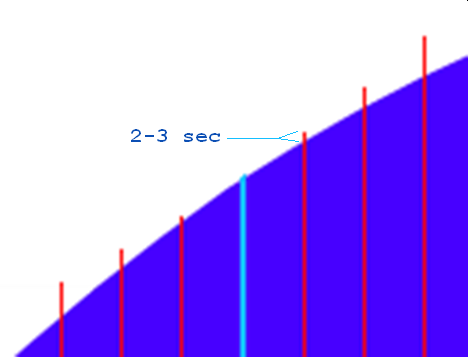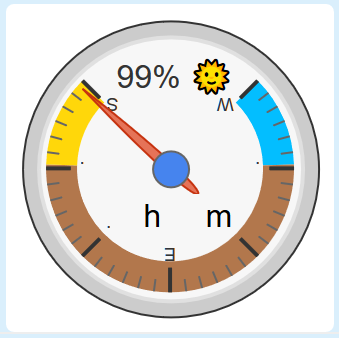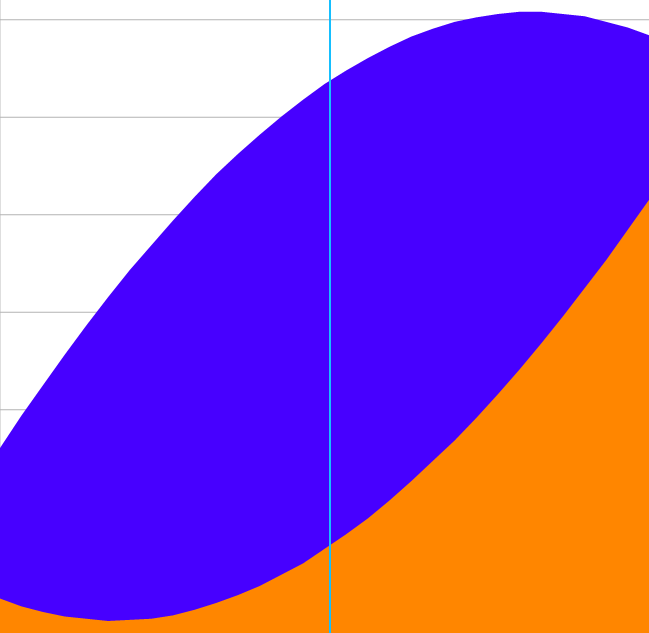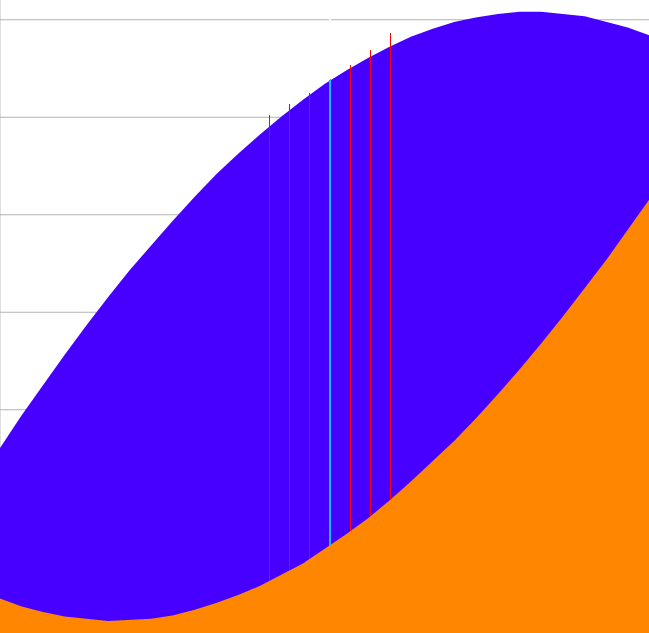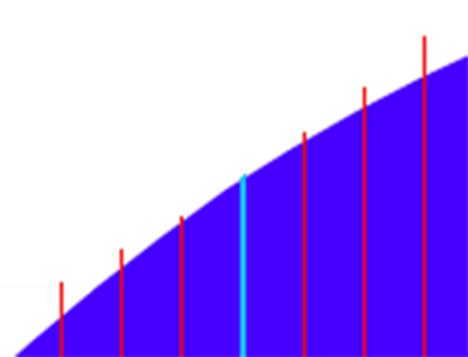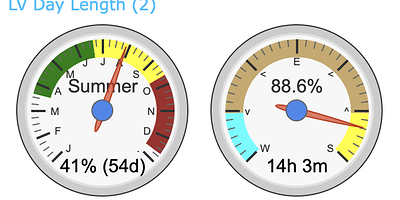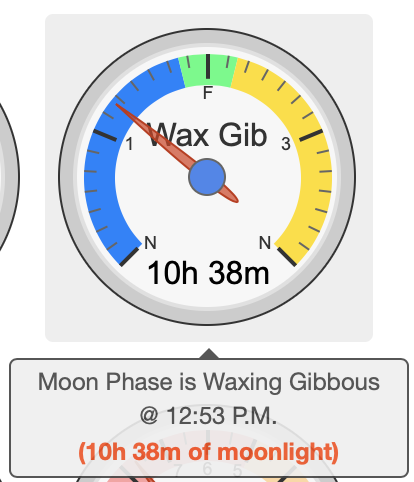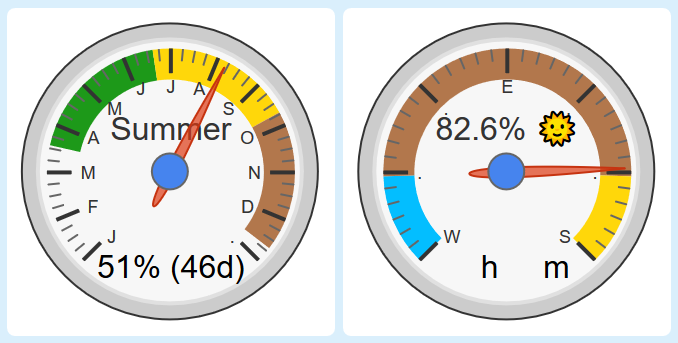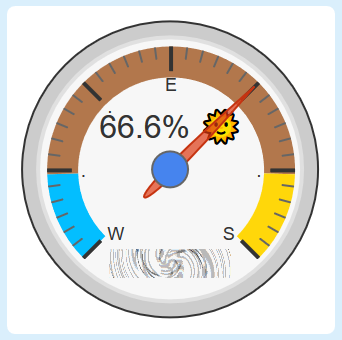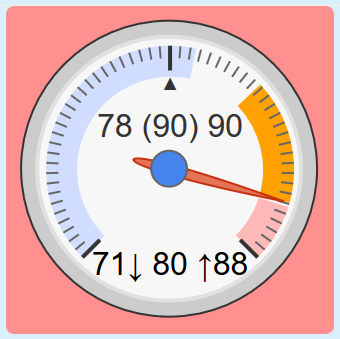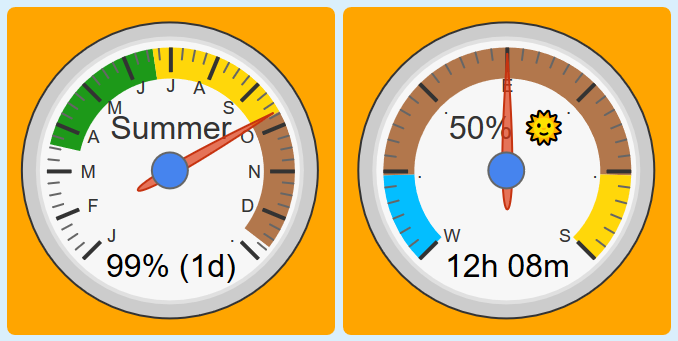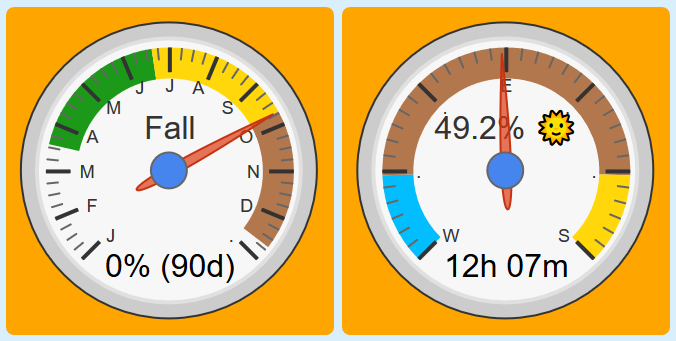I like how this clearly shows how the Solstice is not an actual day, (as we were taught in school) but a split moment in time. (it could happen any hour, day or night)
So, for example, if the Summer Solstice was at midnight, then there would actually be two days in a row at equal dayLengths. (with a dlp% not quite hitting 100% that year)
Likewise, if the Summer Solstice is at noon, then that day should be the absolute longest possible for that location… (and if we extend that logic, the day before & after should match each other) Heck, on this rare event, I bet the week before will mirror the week after as well.
Of course, 99% of the time, the Solstice is on a sliding scale somewhere in between noon & midnight, so take these extremes with a grain of salt.
For those just joining us, I should probably mention that even with a 24 hour variance, the final dayLength should be within about two seconds of any other year.
